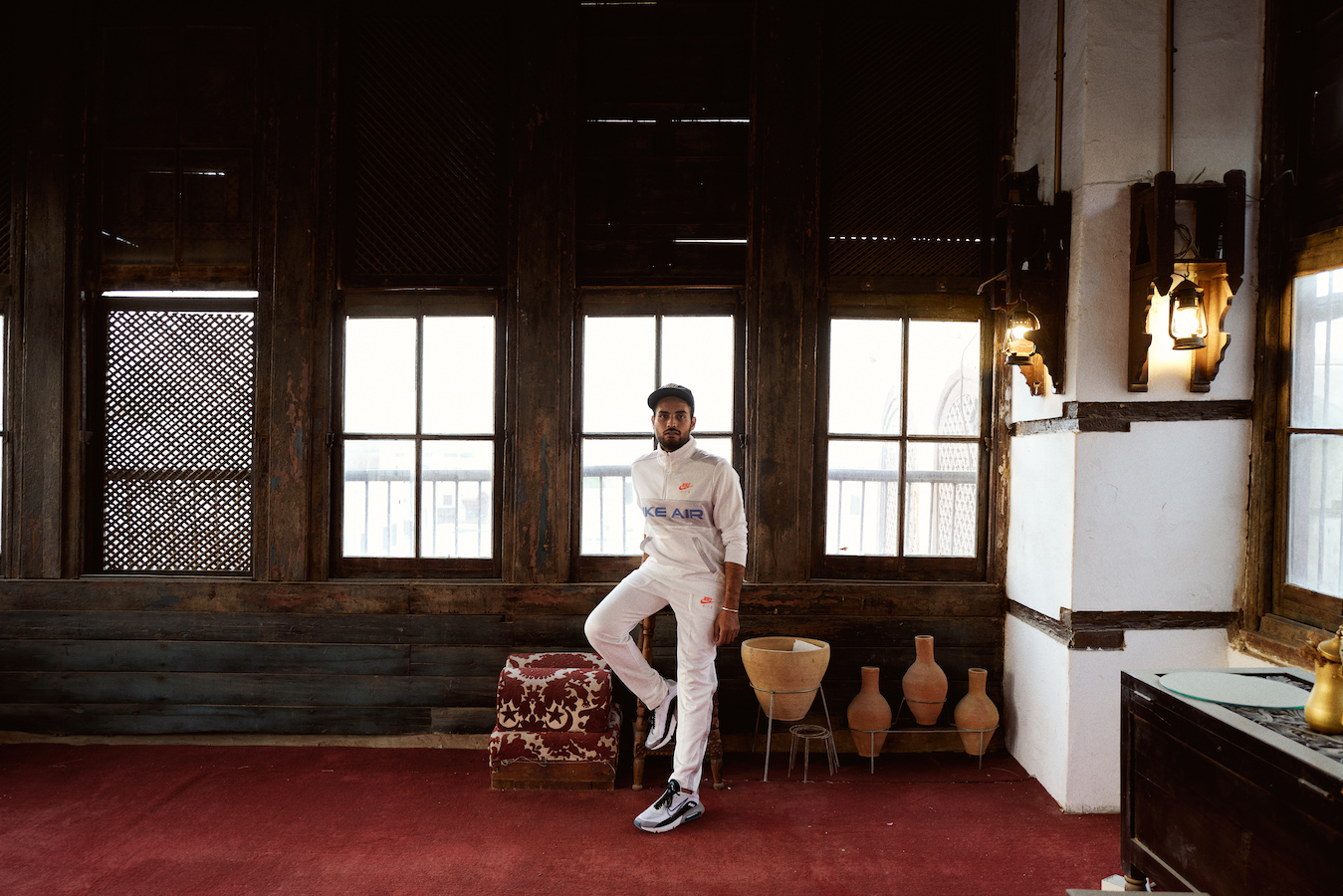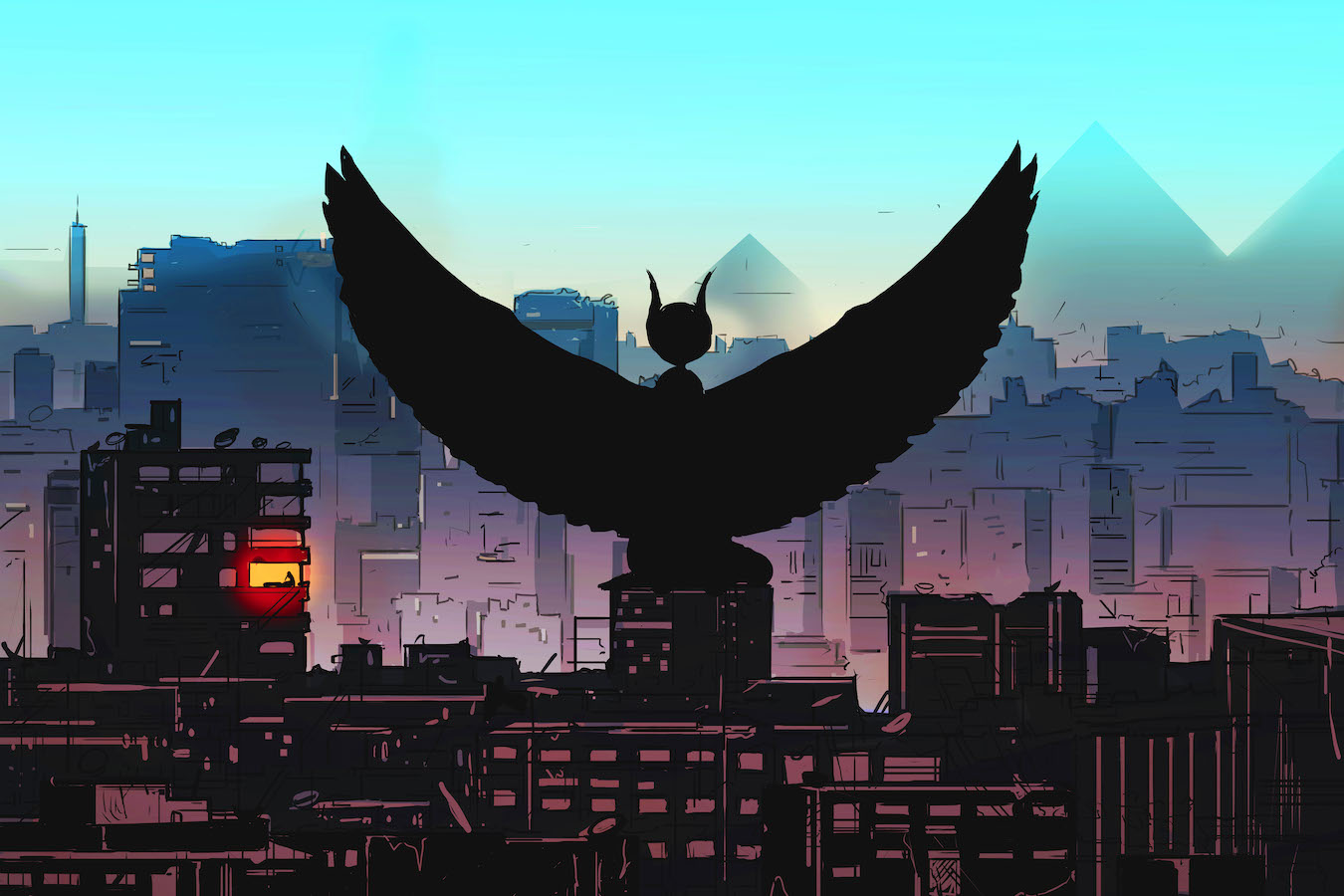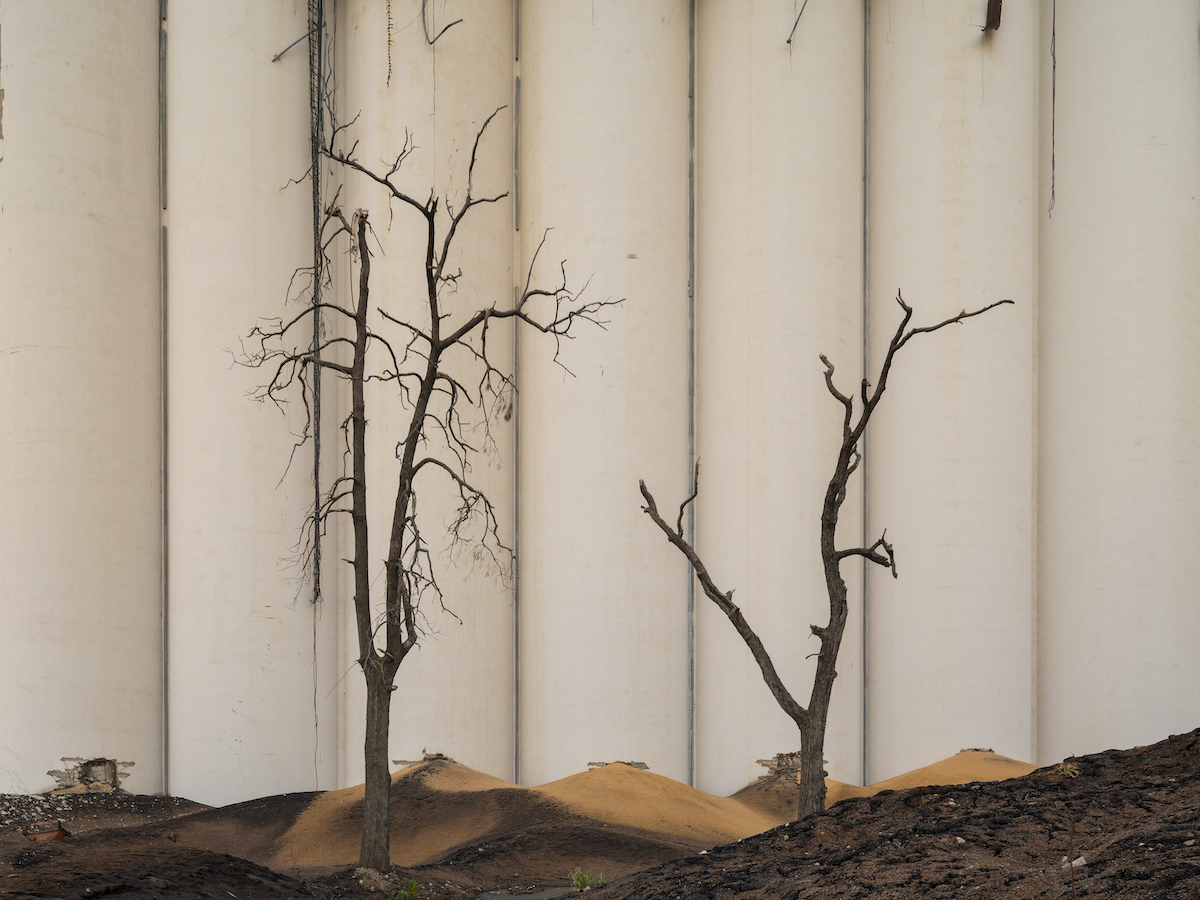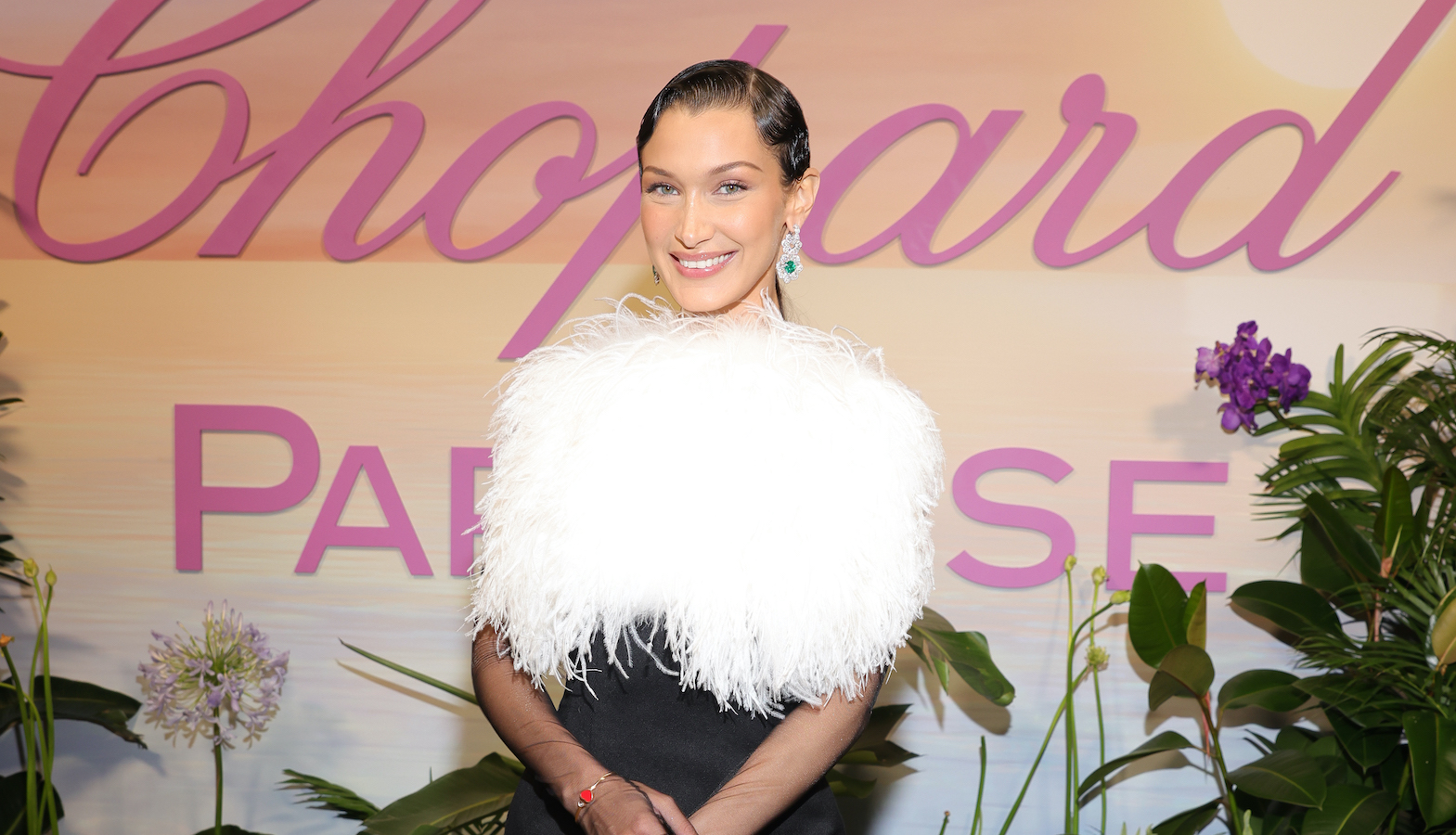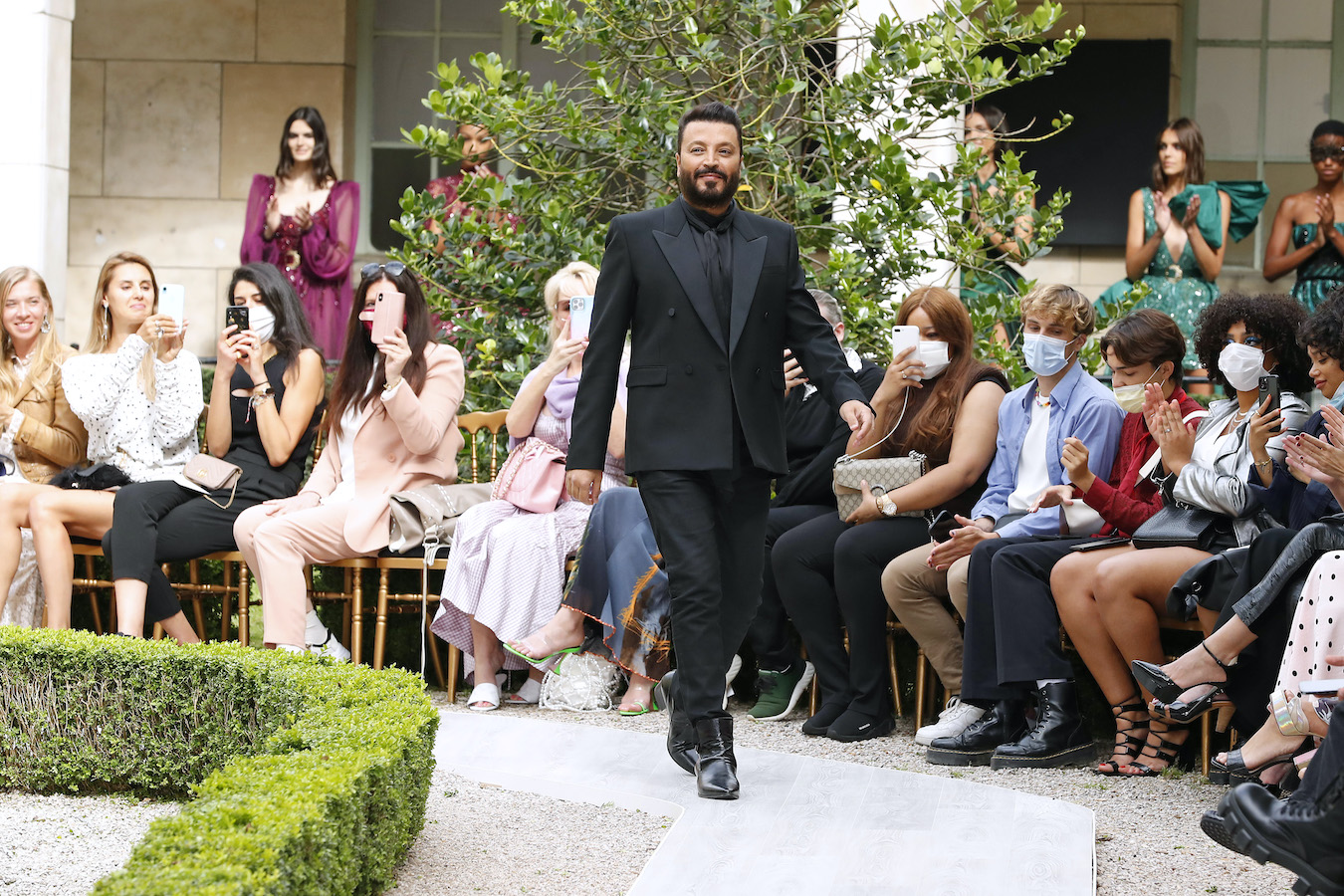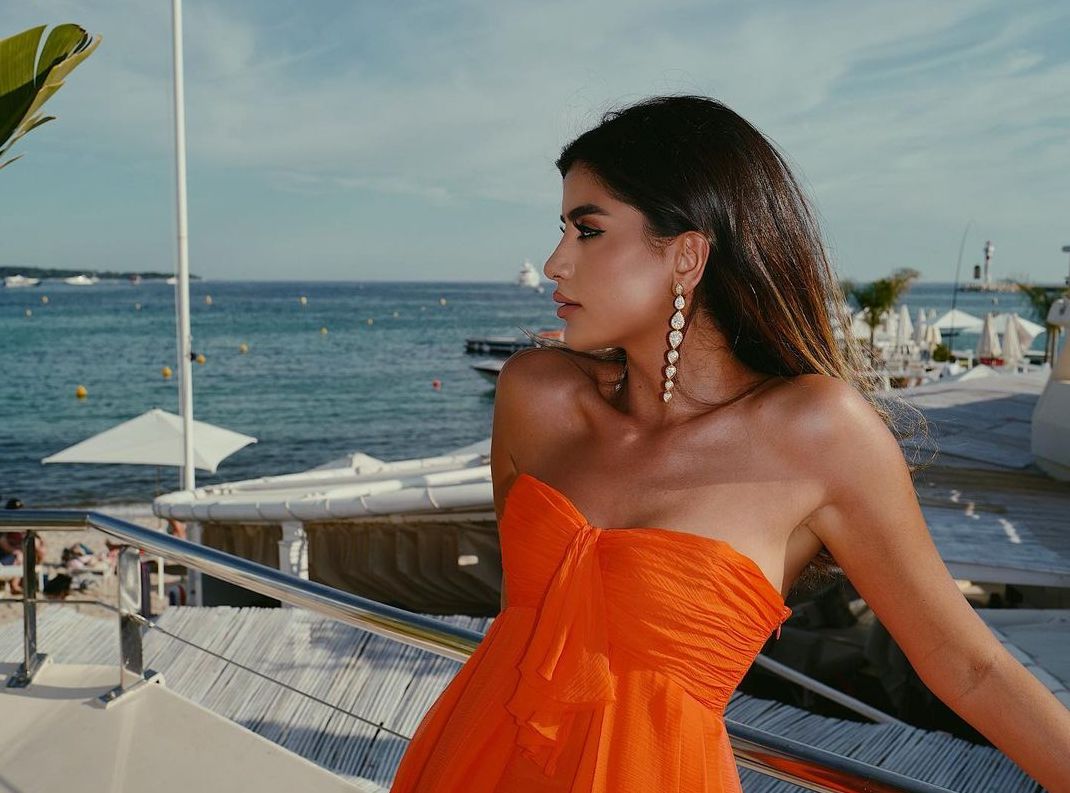DUBAI: Not only are young Saudis increasingly expressing their talent within their own country, they are now beginning to export it abroad. Take Rayan Nawawi, the 32-year-old Saudi photographer, and co-founder and creative director of Jeddah’s Nawawi Studio.
His passion for photography was inherited from his father. After graduating from high school in Jeddah, Nawawi studied finance at the University of Business and Technology (UBT) in his hometown. But his love of art, and the lack of opportunities in the field in the Kingdom at the time, led him to move to the United States.
“I always liked experimenting with colors — matching shapes, colors and designs together,” Nawawi told Arab News. “I liked design and how this field was not typical. When you add something creative to a project, it is forever changed.”

His passion for photography was inherited from his father. (Supplied)
So, he followed his heart, which took him all the way to study for a master’s degree at the San Francisco Academy of Art University, focusing on advertising and art direction, with elective classes in photography. “I was doing photography, but I felt I needed to find something that looked interesting,” he explained. “There was a story missing. I wanted to use visuals more, which is why I studied advertising. It’s the art of business.”
As he became more proficient, Nawawi began to focus on integrating various elements of Saudi Arabian culture and design — particularly colors and shapes — into his projects.
Following his studies in the US, he moved back home and began working full-time as an art director in a multinational agency. A year later, the hectic deadlines and a lack of direction led him to quit. “I felt my work was missing a vital cultural aspect,” he noted. So, he set up as a freelance art director and photographer.

Saudi Arabia is providing Nawawi with plenty of inspiration. (Supplied)
After a couple of months, Nawawi and his brother Wail — who had pursued studies in business and marketing — founded Nawawi Studio in Jeddah. Five years on, the enterprise is thriving.
“I started adding more local touches (to my work) to make it more interesting and show it to the world,” Nawawi explained. “Thankfully, we’re now working with international and local clients.”
Slowly but surely, brands began signing up — including a successful project as part of Nike x Vice’s “Summer of White” campaign in 2017, carried out in collaboration with the Lebanese artist Ali Cha’aban, focusing on Nike’s Air Max 97 sneakers. Nawawi was pleasantly surprised at the positive feedback and reactions from his international audience.

As he became more proficient, Nawawi began to focus on integrating various elements of Saudi Arabian culture and design — particularly colors and shapes — into his projects. (Supplied)
“It may look normal to us in Saudi Arabia, but it was different to everyone outside the Arab world because you can see the real culture within it,” he said. “I went back to thinking about life in the 1990s, when they would put laundry on the rooftops to dry, adorned with large satellites. I included these in the visuals.” That project, which Nawawi named “Satellite Culture,” depicted traditional Saudi clothing as well, including the iconic white thobe.
The thobe was also a central part of “The Mythical Practice of Building Domes,” a collaboration between Nawawi, Cha’aban, and Saudi artist Khalid Zahid for the Saudi Art Council’s non-profit initiative 21,39’s “Al Obhour” exhibition.
“The Mythical Practice of Building Domes” had a Renaissance-inspired Hijazi look that included a number of local elements, such as the Hijazi dome. “My role in this project was executing the creative aspect, taking pictures and putting images together while choosing the colors and manipulating them,” Nawawi explained. “It showed the culture of the Hijazi look in terms of clothes and movements. We were inspired by the church ceilings of the Renaissance era, so we combined that style with our culture to give it a Hijazi twist.”

Slowly but surely, brands began signing up — including a successful project as part of Nike x Vice’s “Summer of White” campaign in 2017, carried out in collaboration with the Lebanese artist Ali Cha’aban, focusing on Nike’s Air Max 97 sneakers. (Supplied)
Nawawi believes the Kingdom has come a long way in the field since his youth in Jeddah, thanks in large part to the country’s renewed focus on arts and entertainment and Saudi Vision 2030. “Everything has changed,” he told Arab News. “They started to appreciate the art scene more, from music and theatre, to photography and fashion, and all those aspects that relate to entertainment. I’ve started to see more people, mostly from the younger generation, getting into this field, and they’re excited about it.” Nawawi is confident that Saudi Arabia’s homegrown talent will mature and become recognized across the rest of the world in the next few years.
During his time in the US, Nawawi came across many stereotypes about his country, he said, something which drives his ambition to ensure that all elements of the Kingdom — from its geography to its traditions and culture — are represented internationally. Today, the outside world is beginning to look at the Kingdom and truly appreciate what it has to offer, he believes.

The thobe was also a central part of “The Mythical Practice of Building Domes.” (Supplied)
Certainly, Saudi Arabia is providing Nawawi with plenty of inspiration. He cited a recent three-day trip to Abha, the capital city of Asir Province near the Red Sea, as an example. The mountains of the Asir National Park are home to birds and juniper forests. For Nawawi, this was the perfect location for a campaign he worked on with the international fashion brand Fendi.
“We were shooting just outside Asir,” he said. “The campaign focused on local Saudi creativity, so all of the visuals showcase Asir — and it was featured in Vogue Arabia.”
Nawawi has also worked with Harper’s Bazaar, Gucci and Bulgari, among others.
“I always tell people that if you have a passion, you have to follow it,” he concluded. “My teacher once told me: ‘If you like something and you are passionate about it, keep experimenting with it until magic happens.’”
